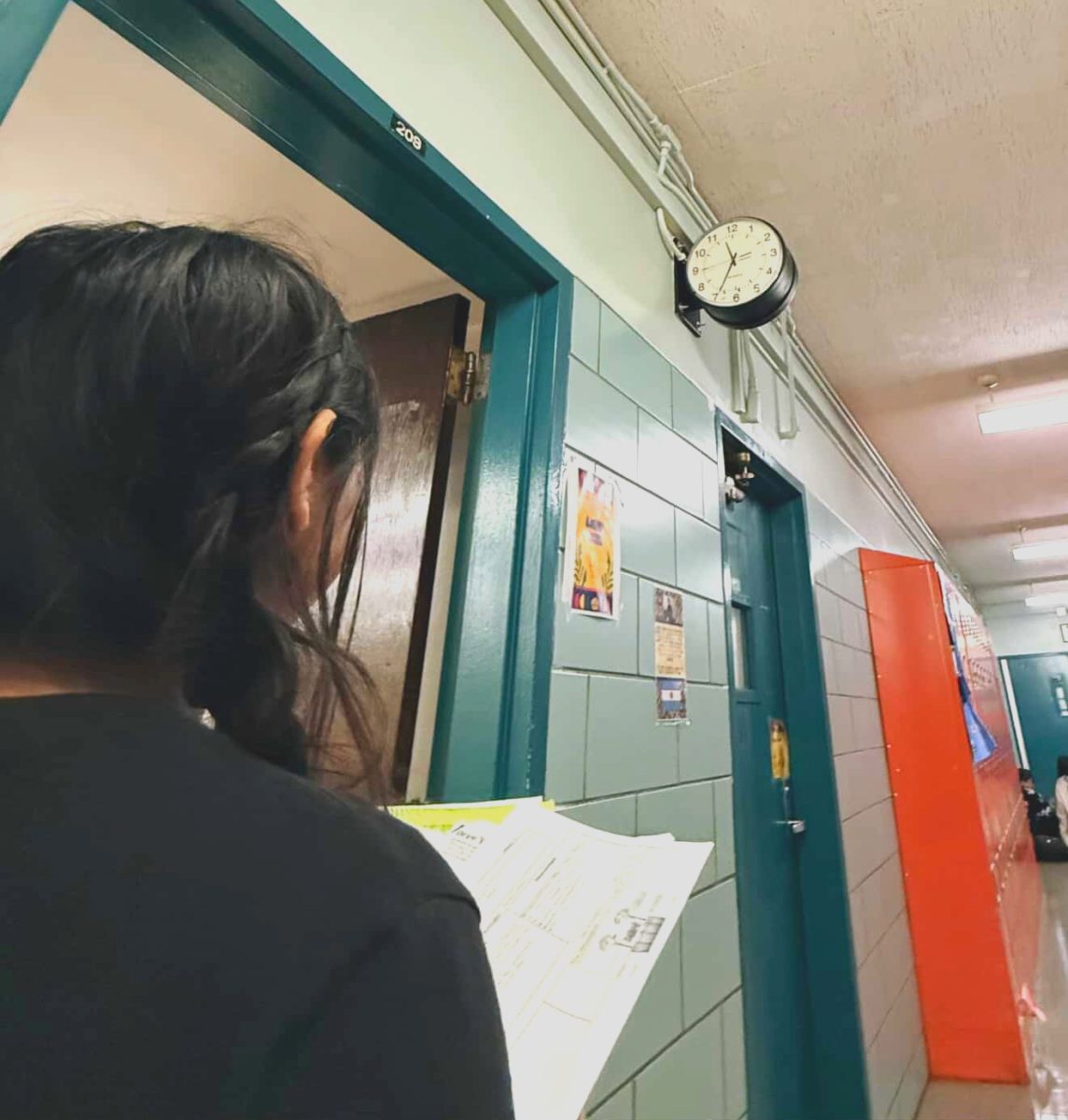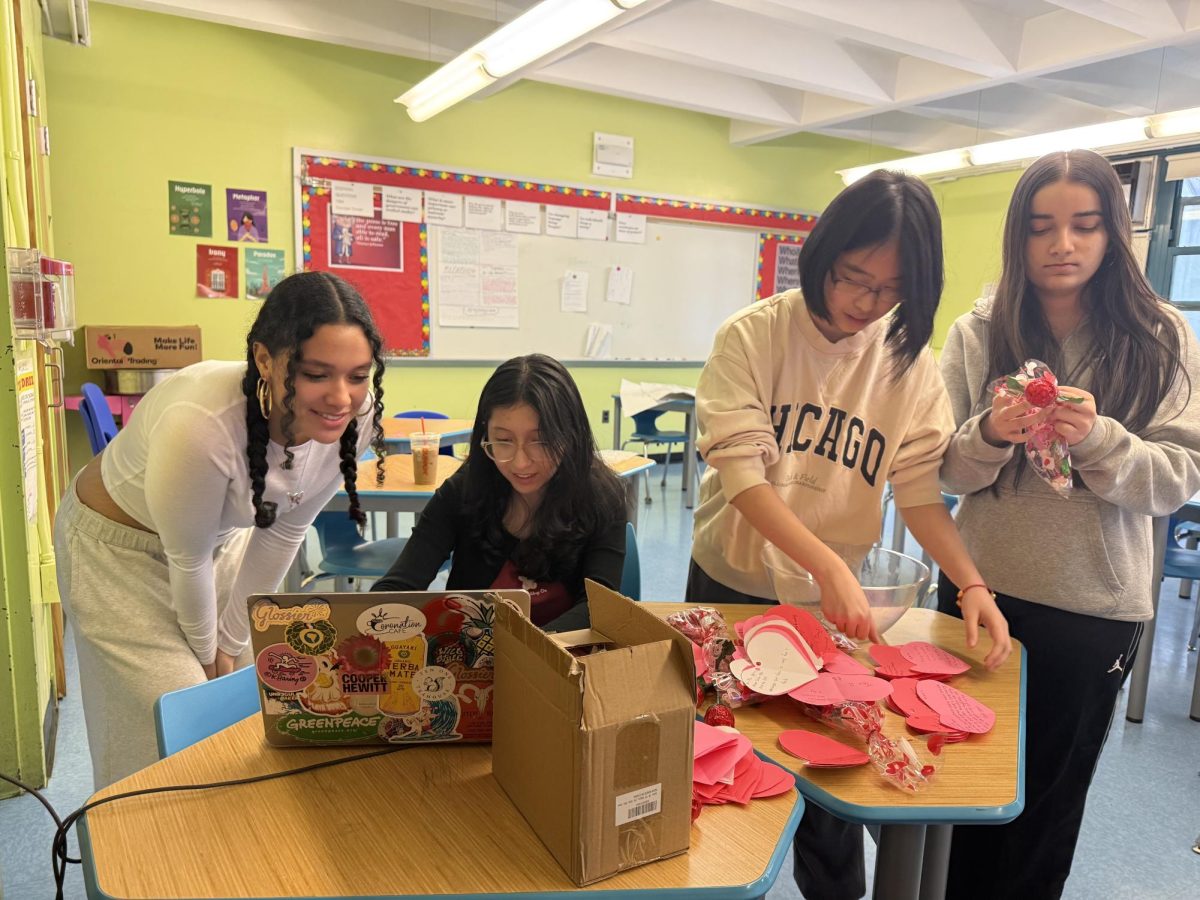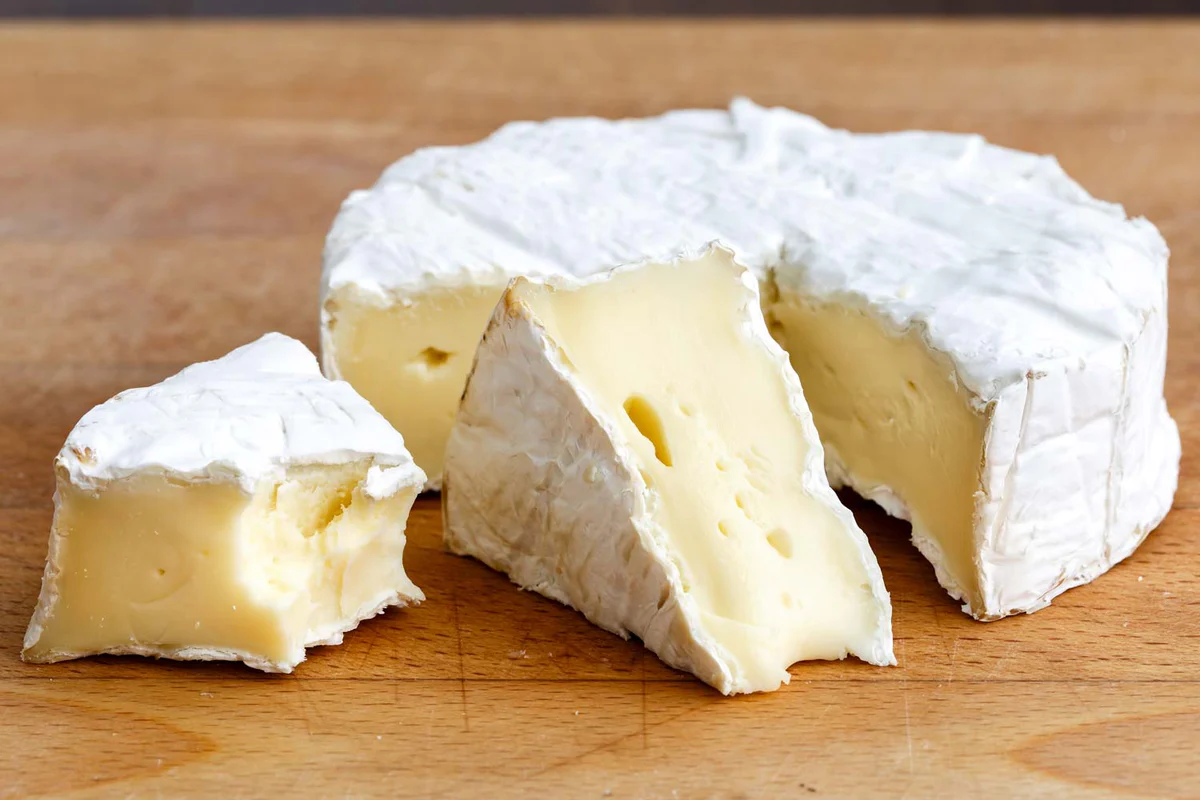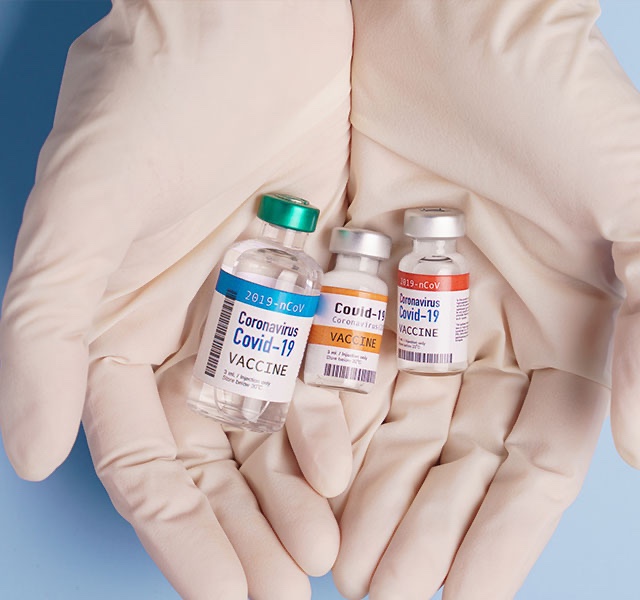As our world handles the expanding issues of climate change, population growth, and environmental degradation, the need for sustainable agriculture has never been greater. Many people believe that these environmental issues our world is facing are irreversible.
While there may be truth behind the damage humans have caused to our planet and ecosystems, the creation of a more sustainable version of modern agriculture has become the forefront of ecological change. The first Green Revolution, which occurred around the 1960’s, marked the beginning of modern farming techniques, and was the primary solution to the extreme population growth that was taking place. Methods such as GMO’s, chemical fertilizers, and new irrigation techniques were used to increase the rate at which crops were grown.
But as the population has continued to grow at unsustainable rates, new technologies and methods needed to be put in place.
Some of the methods from the Green Revolution are the topic of extreme controversy however, such as the use of pesticides for crops, and antibiotics for livestock. For this reason, new and sustainable methods are starting to be put in place to combat the growing population, while still addressing concerns regarding consumption safety, climate change, and sustainable land use.
Some new and incredible technologies are allowing farmers, especially large production farms, to produce large quantities of a crop more efficiently, and with less expenses on the environment.
Precision Agriculture (PA), a method of using technology such as GPS auto-guidance systems to analyze specific locations and times that plants need certain nutrients delivered to them to increase crop yields, has been around since the early 1990’s.
However, according to the Encyclopedia of Soils in the Environment (2nd Edition), the PA community has switched from a “soil science” basis (managing and understanding soil variability), to a “computer science” basis. The integration of data analytics into farming through computer science is actively allowing farmers to practice conservation and align their practices with sustainability due to less unnecessary use of fertilizers, pesticides, and even water.
Another sustainable practice on recent rise is the use of soilless systems known as Hydroponics and Aquaponics.
The main purpose of these technologies is to find a way to successfully grow crops on a planet with a declining amount of usable land for agriculture, while still meeting the population’s production needs. Despite this practice being a far from new discovery, with evidence of it being used by some Ancient Civilizations; and in the publications of German botanist Julius Sachs “nutrient solution formula” which documented the process for growing plants in water, and American scientist Dr. W.E Gerwick’s proof of plants growing quicker in water than soil, the use of soilless systems did not become common practice for large-scale farming operations until recently. Soilless farming can rid us of the need to create new land to farm on, which will cut down on habitat destruction, and the farming practice can even be done indoors, allowing a steady stream of food to be produced year-round. Sourced by the Associated Press, in 2019, the market for hydroponic systems was valued at $8 billion, and “is projected to grow at an [annual growth rate] of 12.1% to reach USD 16.03 billion by 2025.”
Some common sustainable practices that are crucial to the conservation of our planet are crop rotation and cover cropping. While these may be more familiar terms than the others, it is for good reason. Crop covering is the act of planting crops to cover the soil not filled by harvestable crops. The mass implementation of this practice is essential to conserving soil. This practice stops soil erosion; and soil compaction, which has a decreased rate of both infiltration and drainage. A further method for aiding soil health is crop rotation – the act of rotating which crops are being produced on certain fields each growing season. Crop rotation stops the soil from being constantly depleted of one specific nutrient that one crop may need but another might not. This is on top of the benefits it has to the actual crops, as it also reduces a crops reliance on specific conditions (nutrients, pesticides, fertilizers, or flow of water).
Another common practice is biological pest control – stopping pests from eating crops through the introduction of predators. The Phillip Alampi Beneficial Insect Rearing Laboratory states that “Biological control dates back to 324 BC, when Chinese growers were recorded using ants to feed on citrus pests.” (nj.gov) However the implementation of pesticides to stop animals from eating crops has become increasingly popular since World War II, where the quick increase of crop yields was urgent. The National Institutes of Health (NIH) state that more than 1 billion pounds of pesticides are used in America in just one year.
Crop rotation, crop covering, and biological pest control all fit under the umbrella term of Integrated Pest Management (IPM), which values the idea that action should only be taken against animals on farms when actually necessary, as well as promoting a decrease in the use of pesticides over concerns regarding human consumption. The NIH also stated that as of 2002, IPM has been implemented on 70% farming land in the US – a statistic that can give the US and other countries hope that pesticide use can decrease without extreme decrease in crop yields. IPM is a prime example of the next wave of sustainable agriculture and finding a balance between mass production and safety for the consumers.
Lastly, a revolutionary technology known as CRISPR is being used for progress in multiple fields, including agriculture. CRISPR, which stands for Clustered Regularly Interspaced Short Palindromic Repeats, is a gene-editing technology which in short allows scientists to modify DNA in any kind of living organism. It is being used in a multitude of ways in the field of agriculture to achieve higher crop yields and foster plant resilience. The genes of plants can be modified to achieve a plethora of characteristics that will benefit the production of that crop, including: increased resistance to disease, possible defense mechanisms against pests (which in turn can reduce reliance on pesticides), and increase resistance to abiotic stress such as drought, heat, or extreme cold. Tests have been conducted on the production of rice, as rice is highly susceptible to climate change. A summary of data published by the NIH highlights the responses to stress in rice using the CRISPR system from 2020 to 2023, and proves that the number of publications documenting stress in rice farming has decreased for the following stressors: drought, heat, salinity, herbicide, and more.
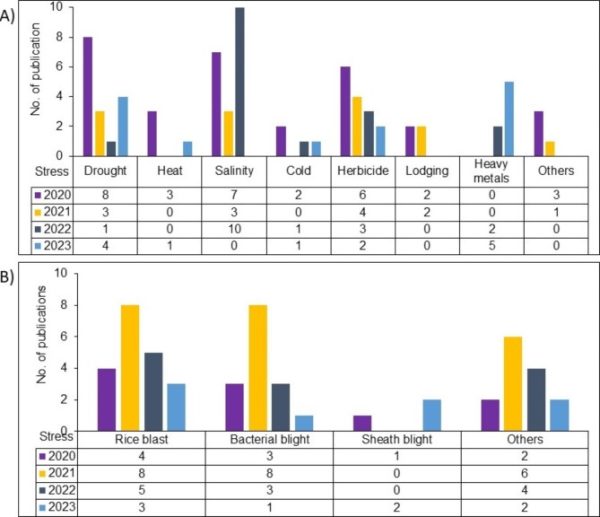
Overall, the US and the world is still working to establish the most effective methods for food production while keeping our planet and people safe, and it is yet to be reached. However this new interest of the general public in safe food consumption and earth conservation is leading our community in the right direction. The implementation of the practices listed and others can allow the environment to possibly recover from the damage humans have caused it, and overall create a safer environment where humans are not harmed from the consumption of crops from large-scale farms.











